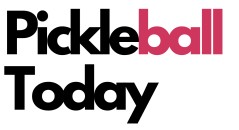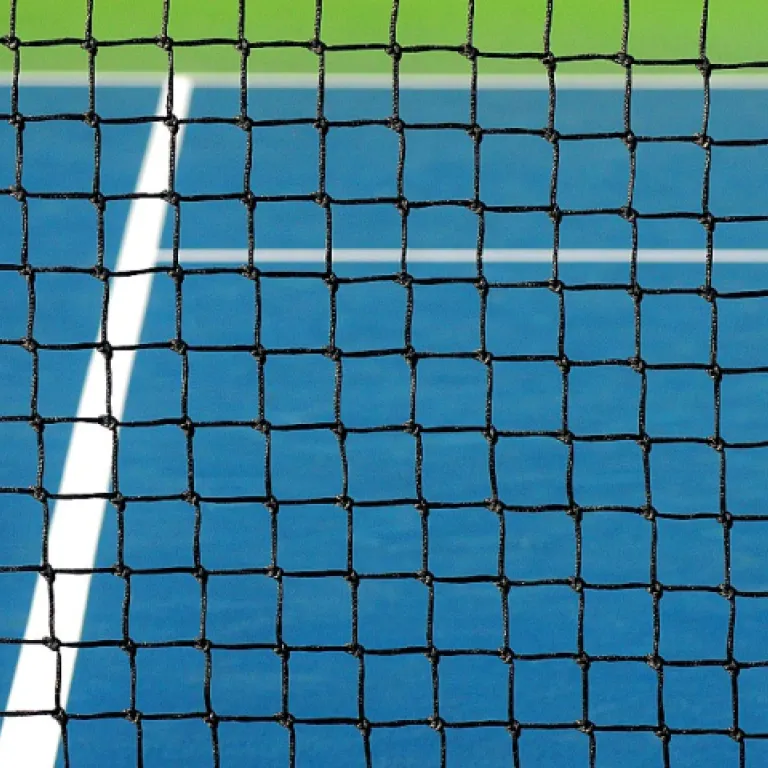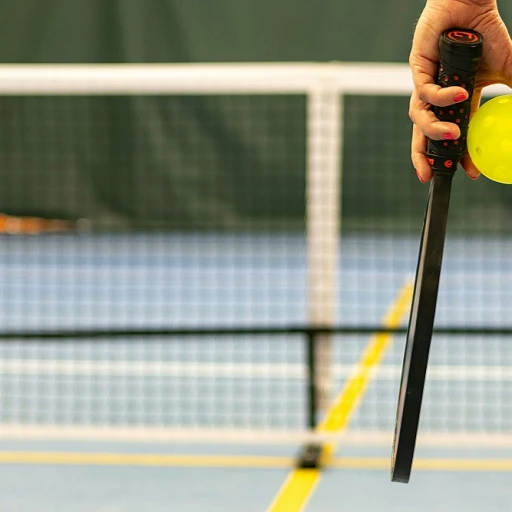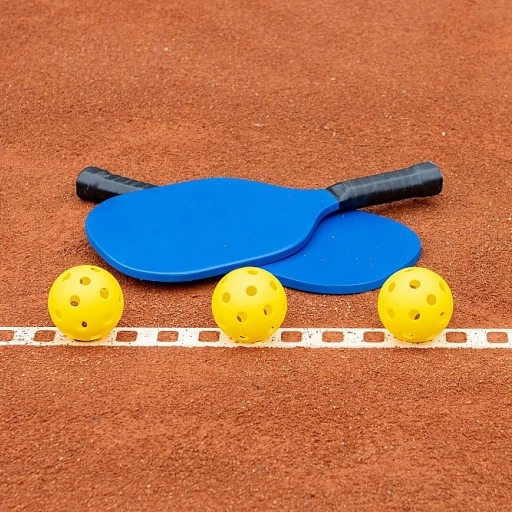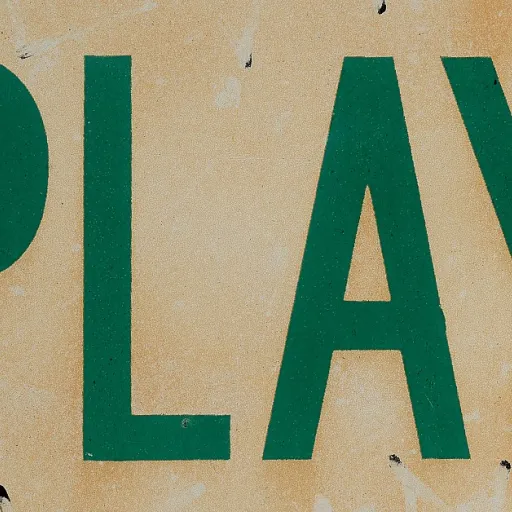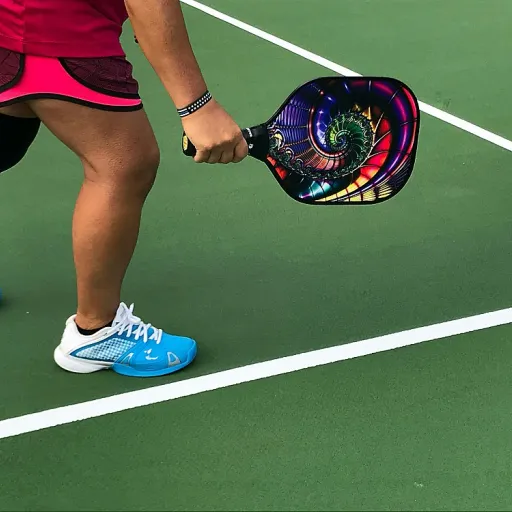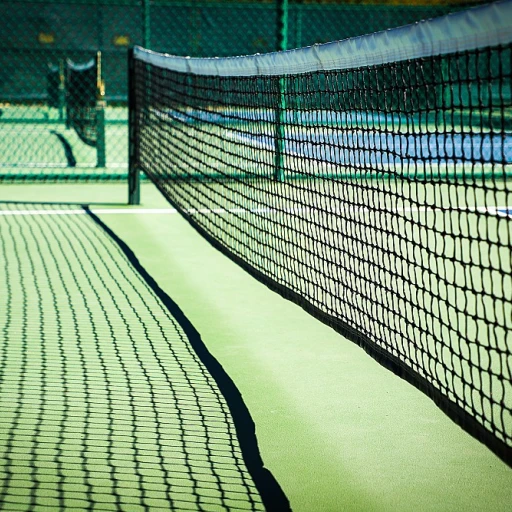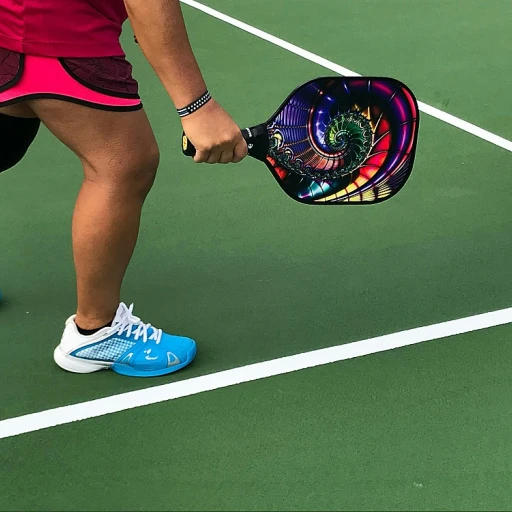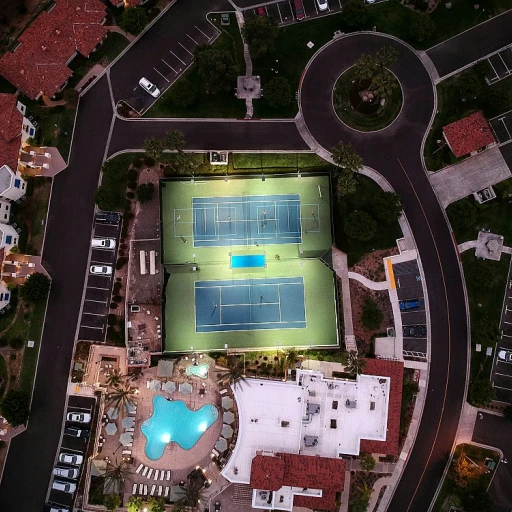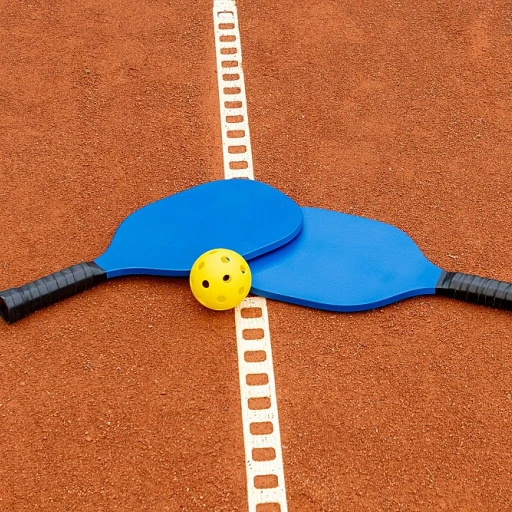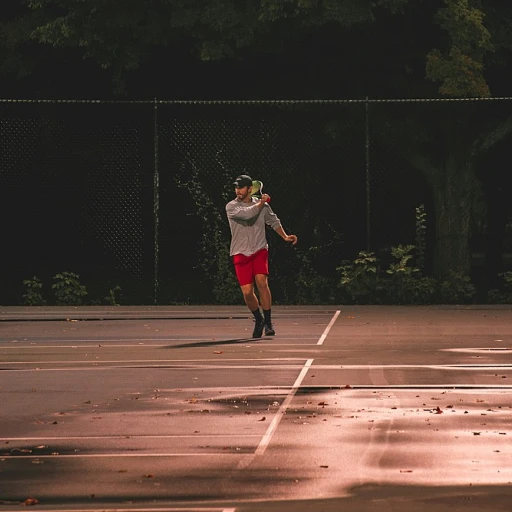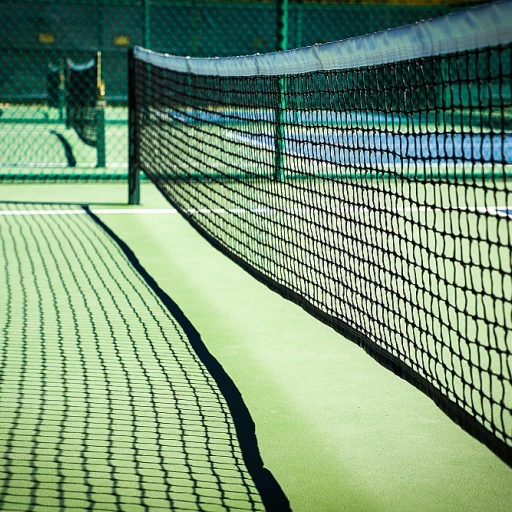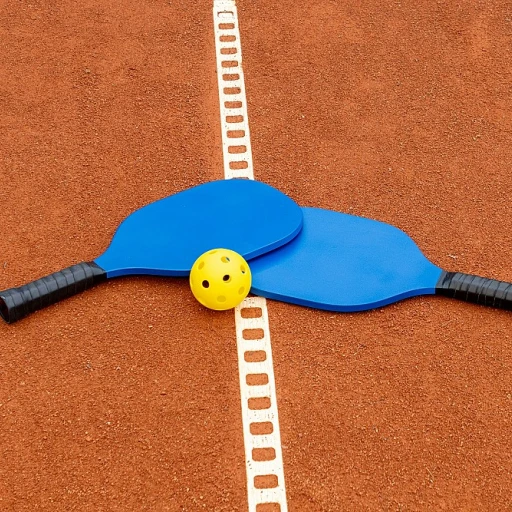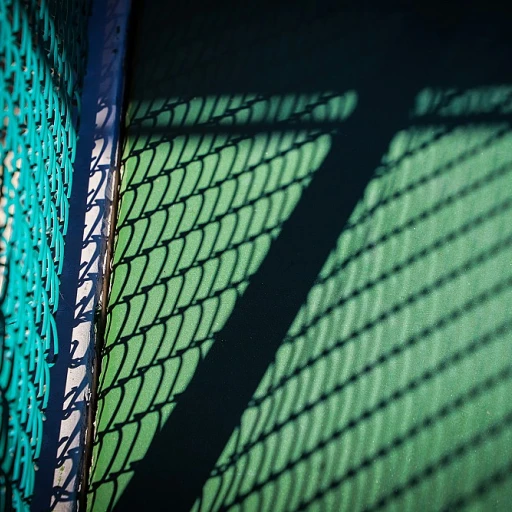
The Basics of 1v1 Pickleball
Introduction to Pickleball Singles Play
Pickleball, known for its engaging nature, offers a unique experience in singles play compared to the doubles format often enjoyed by many. In a singles pickleball game, understanding the essentials of the game is critical for any player aiming to excel on the court. The pickleball court is a compact 20 by 44 feet space where singles matches unfold. Unlike doubles pickleball, the focus in singles is more on individual player strategies and quick-thinking moves. Each player occupies their side of the court, managing their zones and responding to the opponent’s tactics. The goal remains the same, to outplay the opponent and be the first to score the set points.Adhering to Singles Pickleball Rules
Singles pickleball adheres to rules that test player endurance and skill. Each player serves from the right-hand side of their court at the start of the game and continues to serve, alternating sides with each point scored. The server must ensure the ball lands in the opposite diagonal side court, avoiding faults that can prematurely end their serving chance. Mastery over serving techniques plays a vital role in gaining an advantage. For an effective serve, precision and control over the ball dictate success. Techniques might differ slightly in singles, but as a player, aiming for strategic placement over sheer power can significantly improve your game. It's insightful to dive deeper into the nuances of these rules and serving strategies here.Game Dynamics and Scoring
Unlike doubles games, a singles pickleball match is a head-to-head competition where focus and agility are critical. The player serves points and volleys, aiming to move the opponent across the court, controlling the play while being wary of the no-volley zone. Achieving this requires a fine-tuned understanding of balance and footwork, as discussed in subsequent sections on positioning and movement. Managing energy across this game’s rapid pace contributes greatly to the player's success. The singles game format can be more demanding, pushing players to engage in longer rallies with each game holding different sequences. Aspects such as the serving team rotation and tactical plays will influence the strategy employed, a topic further expanded on in later sections. Therefore, continual practice and strategic planning remain core to anyone pursuing excellence in singles pickleball.Equipment and Court Setup
Setting Up for Singles and Doubles Success
When engaging in a singles pickleball match, understanding the equipment and court setup is crucial to playing effectively. The pickleball court shares similarities with a badminton court, with dimensions of 20 by 44 feet regardless of whether you're playing singles game or doubles game. In singles, each player will have to cover more ground, making strategic positioning vital.
A correct serve in singles keeps you in control. The serving player must stand behind the baseline, delivering the serve diagonally across the court into the opponent's serving zone. The serve must land beyond the non-volley zone, often referred to as the volley zone, to be considered valid.
A common novice mistake is standing too close to the center line, reducing the effectiveness of your serve. Adjust your position based on your forehand or backhand dominance to optimize angle and power. Remember, singles rules require the server to continue serving from the opposing side after each successful point, alternating until a fault occurs.
While pickleball singles focus on individual strategy, note that doubles pickleball introduces shared space dynamics, altering serve and play strategies. Familiarity with singles rules ensures you're ready whether playing singles or translating these skills to a doubles setting.
For effective tracking of scores in both singles and doubles games, mastering the pickleball scoreboard is essential. A detailed guide is available on keeping score accurately, ensuring you stay ahead in every match.
Serving Techniques and Strategies
Mastering the Art of Serving in Pickleball
In the game of pickleball, the serve is not just an initiation but a strategic component that can determine the direction of the match. The approach and technique you employ in singles pickleball can differ from that in doubles, primarily because the court size and dynamics of play change the serving strategy.
Firstly, a clear understanding of the basic rules for serving is crucial. The serving player must serve diagonally, beginning from the right-hand side of the court, and ensure the ball lands in the opponent’s diagonally opposite service zone. Unlike in other racquet sports, only one fault is allowed per serve. This means the server will need to be precise, aiming for areas that might challenge the opponent’s return capabilities.
One effective strategy in singles play is employing a deep serve, aiming for the opponent’s baseline. This approach pushes the opposing player back, creating opportunities for a mid-court advantage. However, be cautious of committing a serving fault, such as hitting the ball into the non-volley zone, commonly known as the kitchen, before it bounces.
For an advanced serving technique, consider varying your serve speed and spin to keep your opponent guessing. Quick serves can catch an opponent off guard, while spin serves might cause the ball to bounce unpredictably, increasing the chances of an error from the receiving player.
Consistency in serving is key. Practicing different serve types and mastering control over ball placement will significantly enhance your game. Remember, every serve sets the tone for the play that follows, making it a vital skill to master in both singles and doubles pickleball.
Developing your serve can be a game-changer, and many pickleball enthusiasts agree that tactically utilizing this component of the game can be a foundation for victories. For an interesting exploration of pickleball language, you can visit this resource.
Mastering the Return of Serve
Strategies for Effective Serve Returns
In singles pickleball, mastering the return of serve is critical, as it sets the tone for the rally that follows. The returner's objective should be to place the ball deep into the server's side court, pushing them back and ideally putting them on the defensive.
The positioning of the player is pivotal when preparing to return a serve. Stand about one or two feet behind the baseline, which allows you to move forward as the ball approaches. This positioning not only aids with better control over the shot but also ensures you are not caught off-guard by a deep serve.
A crucial aspect of the return is understanding how to effectively utilize both forehand and backhand techniques to deal with serves. Being versatile in both hand sides provides you with the flexibility to adjust to varying serve angles and speeds.
Moreover, try using a volley return if the server has delivered a shorter serve. This can be an effective strategy in singles play, allowing you to maintain momentum and put pressure on the server early in the rally. However, take care to avoid stepping into the non-volley zone (commonly called the kitchen) during the execution to prevent a fault.
Common mistakes in returning serve include hitting the ball too short, which gives the server an opportunity to approach the net with an aggressive volley. To circumvent this, aim your return towards the deeper part of the pickleball court, ensuring the ball lands close to or beyond the service line. Consistent practice and familiarization with serve return strategies will significantly enhance your overall gameplay and increase your chances of winning rallies in singles pickleball.
Positioning and Movement
Mastering Court Positioning for Singles Success
Positioning and movement are key elements that can make or break your game in pickleball singles play. While doubles pickleball might rely heavily on teamwork, singles pickleball emphasizes individual skill and the ability to cover the court efficiently. Understanding the dynamics of the pickleball court will give players an edge over their opponents, especially in a singles game where every move counts.
Firstly, recognizing the importance of the serving team’s position is essential. When serving, the server will aim to control the game right from the start by strategically positioning themselves to have a clear advantage in anticipation of the return shot. Being at the right spot on your side of the pickleball court can help dictate the pace of the game.
One effective technique is to stay near the center of the court. This positioning allows players to quickly react to balls directed to either side, maintaining a balanced stance. While this may seem basic, staying central prevents being caught off guard by sudden changes in the play direction. Furthermore, the ability to efficiently switch from the hand side to the non-racquet side of the court can greatly influence the outcome of rallies in pickleball singles matches.
Incorporating quick lateral movements ensures you can reach balls directed towards the outer zones of the court. Always remember, in singles pickleball, every point counts under the rigid rules of pickleball, so minimizing excessive movement can prevent unwarranted fatigue and maximize precision when executing volleys.
Lastly, it's crucial to remain aware of the volley zone. Understanding where you can legally play volleys based on the pickleball rules will prevent faults and ensure seamless gameplay. By maintaining strategic positioning and synchronizing movement with a deep understanding of the rules pickleball enforces, a player can possess a valuable advantage in any singles game.
Common Mistakes and How to Avoid Them
Avoiding Common Mistakes in Singles Pickleball
Playing singles pickleball requires an understanding of certain nuances that might not be as prevalent in doubles games. As you're navigating the court solo, it's crucial to be aware of common errors that can impact your performance.Footwork and Positioning
- Overcommitting to One Side: Many players, especially new to the singles format, tend to favor either the forehand or backhand side too heavily.
- Solution: Maintain a balanced stance and be ready to switch direction quickly. This ensures you're not easily caught off guard by your opponent's serves or volleys.
Maintaining Focus on the Ball
- Losing Track of the Ball: In the fast-paced environment of singles pickleball, it’s easy to lose sight of the ball, especially after a serve or fast volley.
- Solution: Practice keeping your eye on the ball at all times to anticipate its trajectory and adjust your position on the court swiftly.
Understanding the Non-Volley Zone
- Faults in the No-Volley Zone: Many players fall into the trap of stepping into the no-volley zone (also known as the kitchen) while attempting an aggressive play.
- Solution: Familiarize yourself with the court's layout and be diligent about staying out of the kitchen during volleys. This knowledge will prevent unnecessary faults during a singles game.
Strategizing the Serve and Return
- Poor Serve Placement: A common mistake is failing to strategically place your serve, giving your opponent an easy return.
- Solution: Reference serving techniques and strategies to learn how to vary serve placement and speed.
- Ineffective Return of Serve: Returning serves without adequate power or placement can set you at a disadvantage immediately.
- Solution: Focus on mastering the return of serve. Use the opportunity to switch the momentum in your favor.
